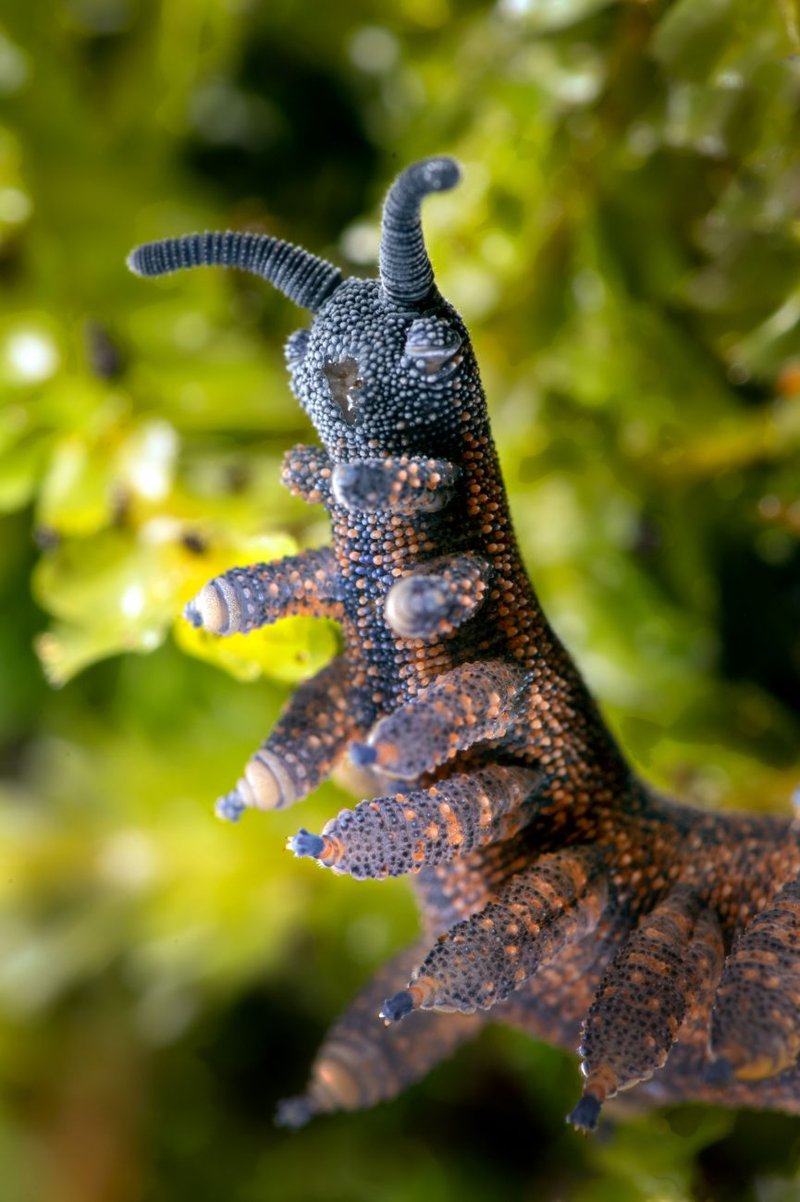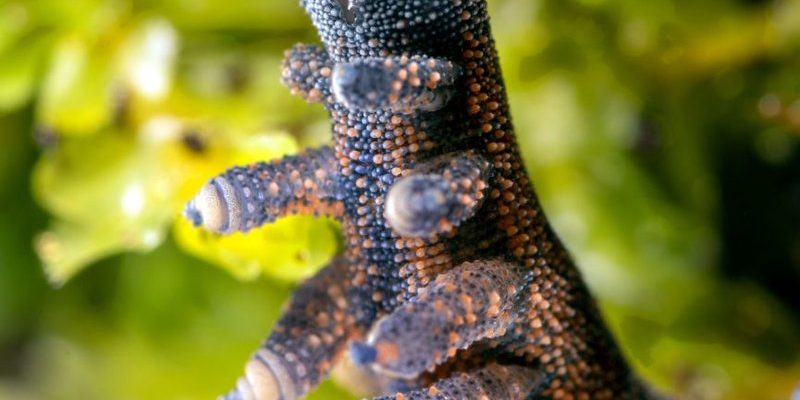
Imagine a creature that looks part caterpillar, part worm, with a body covered in a soft, velvety texture. Velvet worms, or *Onychophora* as they’re scientifically known, have been around for millions of years, and they share some characteristics with both annelids (like earthworms) and arthropods (like crabs and insects). They are like time travelers, showing us glimpses of our planet’s distant past. This article dives into the world of velvet worms, exploring their biology, their evolutionary significance, and why they matter to the grand narrative of life on Earth.
What Are Velvet Worms?
Velvet worms are fascinating creatures that belong to a group called Onychophora, which means “claw bearers” in Greek. They typically range from 2.5 to 15 centimeters in length and can be found in humid environments across tropical regions, particularly in Central and South America, as well as parts of Africa and New Zealand. Their body is soft and segmented, similar to caterpillars, and they have a unique velvety texture that gives them their name.
These worms have a curious appearance with a head featuring a pair of large, simple eyes and antennae that help them sense their surroundings. They also possess several pairs of stubby legs, which are not true appendages; instead, they are soft, unjointed structures that help them move stealthily through their habitat. If you’ve ever seen a velvet worm in action, you might be surprised by how agile they are for creatures that look somewhat like blobs!
One of the most intriguing aspects of velvet worms is their predatory behavior. They often hunt small insects, using a remarkable method to catch their prey. When they spot a potential meal, they can shoot out a sticky, glue-like slime from their mouths, ensnaring the unsuspecting victim. It’s like watching a tiny version of a superhero in action!
The Evolutionary Significance of Velvet Worms
Now, you might be wondering why velvet worms are important in the grand scheme of things. Here’s the thing: these creatures sit at a fascinating intersection of evolution. They are often considered “living fossils,” providing insights into the early evolutionary steps that led to both arthropods and annelids. By studying their physiology and genetic makeup, scientists gain a better understanding of how animals evolved over hundreds of millions of years.
In fact, some studies suggest that velvet worms might be more closely related to arthropods than to annelids, despite their similarities with both groups. This understanding challenges our traditional views on animal evolution and blurs the lines between well-established classifications. Isn’t that mind-blowing? Each discovery about them adds a new chapter to the story of life on Earth.
Moreover, velvet worms can offer clues about the environmental conditions of ancient Earth. Their presence in the fossil record can indicate the types of habitats that existed long ago. This information helps researchers piece together climate changes and shifts in geography, contributing to our understanding of Earth’s history.
Physical Characteristics of Velvet Worms
Velvet worms are unique not just in their evolutionary placement, but also in their physical characteristics. Their soft, pliable bodies are made up of a series of segments that are covered in tiny, sensory hairs. These hairs help them navigate through their environment and sense changes in moisture and light.
Their coloration can vary widely, ranging from earthy browns and greens to bright blues and reds, allowing them to blend into their environment. This camouflage is crucial for both hunting and avoiding predators. Because they live in dark, damp places like leaf litter or under logs, these adaptations aid their survival.
Another interesting feature is their reproductive method. Velvet worms engage in a unique form of reproduction called “viviparity,” meaning they give birth to live young instead of laying eggs. The mother typically carries her developing offspring in a special brood pouch until they’re ready to emerge—a nurturing approach that sets them apart from many other invertebrates.
The Habitat and Behavior of Velvet Worms
Velvet worms thrive in moist, humid habitats, often preferring the cool, shadowy environments of rainforests and leaf litter. They are nocturnal creatures, so you’re unlikely to spot them during the day. Instead, they come alive at night, creeping around in search of food.
Their behavior is quite intriguing as well. Velvet worms are not aggressive by nature; they tend to be solitary and shy. They rely on stealth to hunt and avoid detection from potential predators. However, when hunting, they can be impressively quick. Their method of capturing prey—using that sticky slime—is as fascinating as it is effective.
In terms of social behavior, velvet worms are mostly solitary, but researchers have observed them communicating with each other using body movements and chemical signals. This communication can play a role in mating, as males and females use these signals to attract potential partners.
The Conservation Status of Velvet Worms
With all their unique features and evolutionary significance, the conservation of velvet worms is critical. Many species of velvet worms are threatened due to habitat loss caused by deforestation, pollution, and climate change. These changes not only affect their populations but also disrupt the delicate ecosystems they inhabit.
Conservation efforts are essential to protect these remarkable creatures and their habitats. Organizations around the world are working to preserve rainforests and create awareness about the importance of biodiversity. By safeguarding the environments where velvet worms live, we help ensure that these fascinating animals—and the secrets they hold about our planet’s past—won’t disappear.
It’s vital for us to recognize the role all species play in maintaining ecological balance. When we lose one, we risk unraveling interconnected systems that have developed over millions of years.
Why Velvet Worms Matter
You might be asking yourself, “Why should I care about velvet worms?” Well, let me explain. These creatures are more than just a curiosity; they help us understand the intricate web of life that makes up our planet. By studying velvet worms, scientists can uncover secrets about evolution, biodiversity, and the interconnectedness of all living things.
In a world facing rapid environmental changes, understanding these connections can inspire effective conservation strategies. Moreover, understanding the evolutionary history of velvet worms can highlight the importance of preserving all forms of life, no matter how small or seemingly insignificant.
So next time you think about the countless species that share our planet, remember the velvet worms—an often-overlooked part of the tree of life that plays a crucial role in our understanding of evolution and ecology.
In conclusion, velvet worms are a unique bridge in the evolutionary story of life on Earth. Their fascinating biology and significance in the tree of life remind us of the intricate connections we all share. Protecting these creatures and their habitats is not just about conserving biodiversity—it’s about preserving the very history of life itself.

